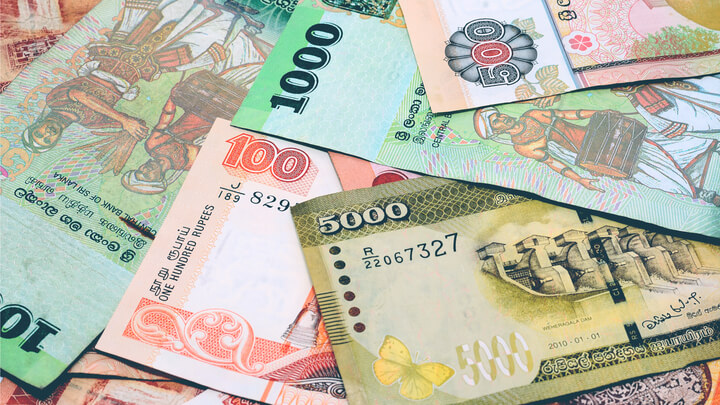Sri Lanka has printed 106.7 billion rupees to fully sterilize liquidity shortages that emerged in the banking system in September from a statutory reserve hike and foreign reserve losses, data show.
On October 04, the central bank’s Treasury bills tock rose to 1,442.7 billion rupees from 1,336 billion rupees.
The central bank withdrew about 150 billion rupees from the banking system through a statutory reserve ratio hike on September 01 and subsequently also intervened in forex markets to lose foreign reserves.
From August 30, 227.6 billion rupees had been printed through outright purchase of Treasury bills and bonds and another 103.5 billion rupees was printed through a term reverse repo auction.
Sri Lanka’s newly re-appointed central bank Governor Nivard Cabraal had lifted a ceiling on yields which had led to failed bond and bill auctions and allowed rates to go up limiting money printing.
Sri Lanka has been printing large volumes of money and also buying bonds into its balance sheet, in a severe deterioration of rule based policy seen under ‘flexible’ inflation targeting and ‘flexible exchange rate’ since 2015.
The central bank jettisoned a ‘bills only’ and started buying up bonds into its balance sheet with printed money even taxes were raised and then started buying bonds from failed auctions, which is against section 112 of its Constitution.
“Provided, however, that except in the case of treasury Bills, for which the Central Bank may make direct tenders, the bank shall
not subscribe to any issue of such securities or agree to purchase the unsubscribed portion of any such issue,” the MLA says.
Sri Lanka’s MLA is however a has enough provisions according which can be used to print money trigger forex shortages destroy the currency, though originally the intention was that there would be no direct government financing except through the 180 day provisional advances.
Until money printing began after the setting up of the central bank, Sri Lanka had an East Asia style currency board which had kept the currency stable through two World Wars and a Great Depression.
While excessively large liquidity shortages may not be required analysts say, higher rates and some liquidity shortages are required to stop a complete collapse of the rupee.
However foreign exchange shortages persists and the latest injection had reduced a liquidity short to 9 billion rupees.
Sri Lanka’s forex reserves are low and the central bank is seeing reserve liabilities rise.
On Monday bond markets continued to limp back seeing some activity as more realistic rates are emerging.
A one year bond maturing on 01.10.2022 was quoted 7.40/8.00 percent.
A 15.11.2023 bond was quoted at 8.20/30 and also traded, dealers said.
A 15.09.2024 bond was quoted at 9.00/20 percent.
A 01.12.2024 bond was quoted at 9.00/30 percent.
A 01.08.2025 bond was quoted at 9.50/75 percent
A 15.10.2027 bond was quoted at 10.25/50 percent.





